2020 marks 100 years since prohibition became law in the United States on Jan 17, 1920. The 18th amendment prohibited the manufacture, transportation and sale of alcohol. In the 1820s-30s, a temperance movement gained traction and quickly began to grow. This movement started with religious organizations, but over time other groups of citizens were drawn to it.
Women and those of the suffrage movement were a big part of the temperance movement. To women of the era, alcohol was one of the main reasons their families became disrupted and they believed it tied into the high poverty rates. They believed it corrupted one morally and split families apart. Some men, who were the breadwinners at the time, would drink away their regular paycheck which left the household wanting. Women also felt abuse at the hands of husbands who came home worse for drink and felt it was time to take their stand against this behavior.

The Temperance movement was also a way for women to enter the political sphere and have their voice be heard. Temperance became the largest political movement by women in the 19th century. It wasn’t just women and religious groups though; factory workers also saw the advantage of prohibition as it would lessen work-related accidents and create a safer environment. Yet, prohibition ending up creating more problems than it solved.
Detroit has a colorful history during the prohibition era. The city’s location was perfect for smuggling networks to form. Detroit borders Canada and the Detroit River was an easy access point as some portions are less than a mile across. 75% of the alcohol that was smuggled into the United States passed the Windsor-Detroit border. By 1929, smuggling liquor became Detroit’s second largest industry (just behind the automotive) making about $215 million per year (almost $3 billion in today’s currency). By the time Prohibition was put into effect, Detroit and Michigan had already been going on three years of prohibition. The state of Michigan voted in favor of state-wide Prohibition in 1916 with it going into effect on May 1, 1917. Detroit was the first major city in the United States to enact prohibition.
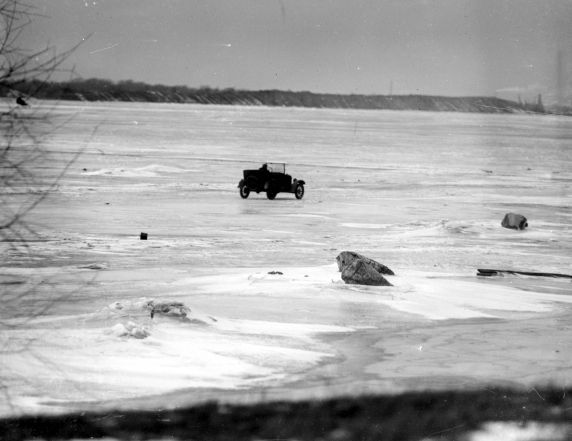
Naturally, gangs began to form, such as the notorious Purple Gang, and began to cash in on this illegal activity. Despite the temperance movement’s efforts to stop violent behavior, prohibition spurned the creation of these criminal gangs. It seems that once something is taken away, people only want it more.
:strip_exif(true):strip_icc(true):no_upscale(true):quality(65)/arc-anglerfish-arc2-prod-gmg.s3.amazonaws.com/public/IBCAQIZJVND3NGKJASXUXH6FHE.jpg)
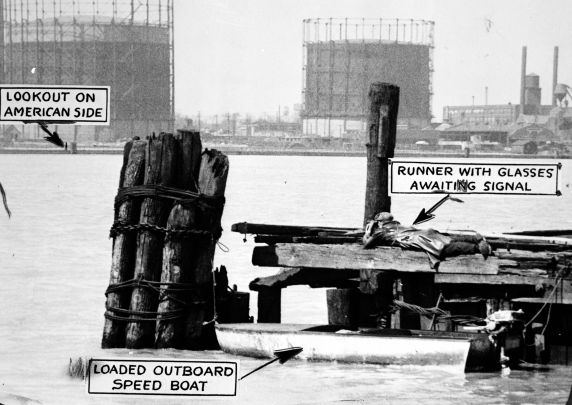
Rum-running was the practice of transporting smuggled alcohol across the Detroit River or Lake St Clair. It was a risky business, but extremely profitable. This would be done by boat or, in the winter, smugglers would simply drive in automobiles across the frozen lake or skate across to obtain their goods. The contraband was dragged beneath boats, in the winter skaters towed sleds, and caravans of “whiskey sixes” (lighter automobiles) would speed across the ice. The border patrol was overworked and had difficulties monitoring the whole river. They were also bribed to make the smuggling ring run smoothly. Underground tunnels were created from boathouses and houses along the river/lake in order to hide the shipments. A pipeline was created between a Windsor distillery and a Detroit bottler. Those in the lucrative business were becoming smarter and found new ways to keep the booze flowing.

Naturally, all these efforts turned into organized crime. There were a few gangs in the metro Detroit area, but none more notorious than the Purple Gang. They were violent, corrupt, and ruthless, yet they had the run of the town. They had the local police and politicians tightly wound around their fingers through threats and payoffs. Often, on days of alcohol raids, half of the local police force would call in “sick”. The federal forces were a little bit trickier to handle.
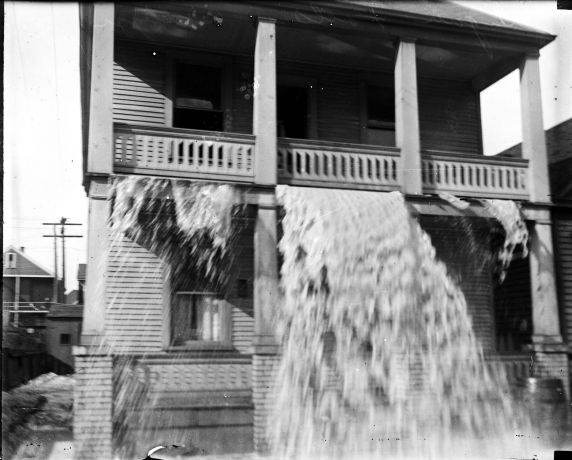
The Purple Gang was led by the Bernstein Family and operated during the 1920s-30s in Detroit, Michigan. They controlled many underground activities, which included liquor sales, drug sales, and gambling (horse races, etc.). The Purple Gang would rob anybody who had smuggled booze in their vehicles. They would kill the driver at gunpoint and take the goods for their own. They were known as one of the bloodiest gangs in history as over 500 rivals were killed during their bootleg wars. They also had connections with other mobs across the country. They were allies with the founder of the National Crime Syndicate, Meyer Lansky, and New York mobster, Joe Adonis. The Purples also had a partnership with Al Capone as the gang supplied Capone’s organization with whiskey from Canada. Capone knew the Purple Gang’s reputation and preferred a partnership that benefited them both rather than starting a war. In 1929, Abe Bernstein (one of the leaders of the gang) called Bugs Moran (one of Al Capone’s rivals) to let him know that a hijacked shipment of alcohol was on its way to Chicago. They had an agreement and a meeting place for where the shipment would be sent. Yet, instead of delivering the booze, five men disguised as cops went to the meeting place and opened fire. This event is now known as the St. Valentine’s Day Massacre. Was the Purple Gang involved in this? Had they given the heads up to Al Capone?
:strip_exif(true):strip_icc(true):no_upscale(true):quality(65)/arc-anglerfish-arc2-prod-gmg.s3.amazonaws.com/public/5M3T3RGC4RGGZKNGZ53S45VOWI.jpg)
The Purple Gang had many turf wars between the rival Italian and Irish mobs in the Detroit area including the Licavoli Squad. There were the Cleaners and Dyers War, as the Purple Gang also held control over Detroit’s laundry industries, where bombings, arson and murder were tactics used to keep the union policy in line. There was the Milaflores Massacre in 1927, where, as a result of the war with the Licavoli Squad, three men were assassinated in a Purple Gang apartment which was believed to be retaliation for a double crossing. There was never anyone convicted for this murder. Detroit was terrorized by the frequent executions of their enemies. These are just some of many examples of violent behavior exhibited by the Purple Gang, which prohibition helped to spur.
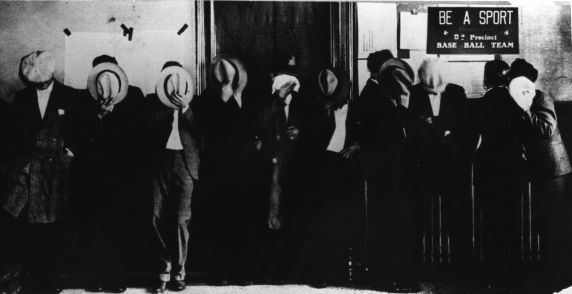
In 1931, the end was near for the Purple Gang, during the Collingwood Manor Massacre as they began to have infighting among their own. Three Purples were murdered after being lured to an apartment on Collingwood Ave. Many of the leaders were arrested and sent to prison breaking the strength that the Purple Gang once had.
Despite Prohibition being an amendment of the constitution, public opinion in Detroit (and likely the nation) was mostly against the ban on liquor. In Detroit, there were about 25,000 speakeasies/blind pigs in operation. Some famous spots that metro Detroiters may recognize today are Blossom Heath Inn in St. Clair Shores, Greektown including Firebird Tavern (many Greek restaurants and coffee shops took part in the underground sale of liquor and gambling), Tommy’s Detroit Bar (is said to have been controlled by the Purple Gang), Abick’s Bar, Nancy Whiskey in Corktown, etc. In addition to public underground spaces, many at home began to bootleg and make their own to sell. The amount of alcohol going around did not change with the passing of the law. It may have even increased due to the illegal nature of it and having to move the trade underground. Reporters and the local newspapers had an exciting story almost constantly with the number of raids by police and gang violence that was going on in the city.
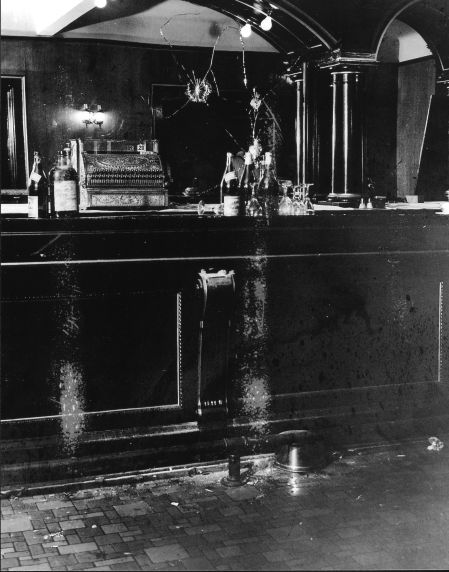
In 1933, Congress repealed the 18th amendment which made the sale and distribution of liquor legal once again in the United States. The “experiment” had ultimately failed as in Detroit and other places across the country the violence increased and encouraged gangs to form and war with each other. People were in fear of having their cars, boats, homes, etc. invaded by gang members who would hijack and kill innocent people. With the introduction of secret speakeasies, other industries such as gambling, and prostitution also began to grow more rampant. Theses problems caused public opinion to turn away from the ideals of the temperance movement. Another contributing factor to the repeal of the 18th was the Great Depression. President Franklin Roosevelt saw that by legalizing the alcohol industries he could create more jobs and help boost the economy. Yet, Prohibition was an interesting time in our history and has left a legacy on Detroit history as well. Some experiments hold unforeseen consequences.
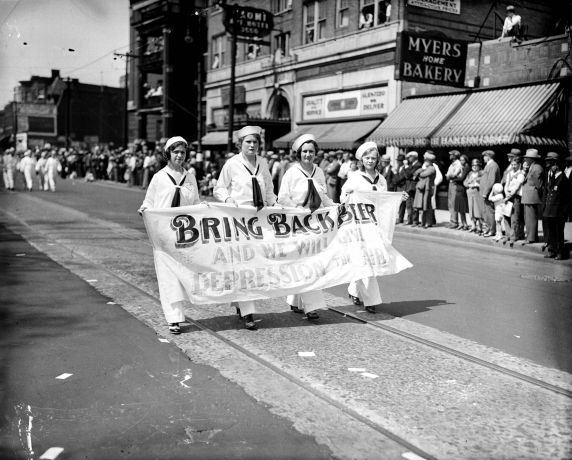
Sources:
Photos courtesy of Walter P Reuther Library, Archives of Labor and Urban Affairs, Wayne State University. They have a wonderful collection of Prohibition era photos if you were interested in learning more. The Detroit Historical Society also has a collection of photographs as well.
Here are some great articles that I used which covered the history of prohibition in Detroit and the Purple Gang.
https://reuther.wayne.edu/image/tid/1352
https://reuther.wayne.edu/node/8334
https://detroit.curbed.com/maps/prohibition-detroit-history-sites-speakeasies-smuggling
https://www.hourdetroit.com/community/dry-times-looking-back-100-years-after-prohibition/
https://www.eater.com/2015/10/27/9599240/detroit-whiskey-prohibition
https://www.clickondetroit.com/all-about-michigan/2018/12/03/when-the-purple-gang-ruled-detroit/
https://detroithistorical.org/learn/encyclopedia-of-detroit/purple-gang
General History:
https://www.history.com/topics/roaring-twenties/prohibition
https://www.pbs.org/kenburns/prohibition/unintended-consequences/